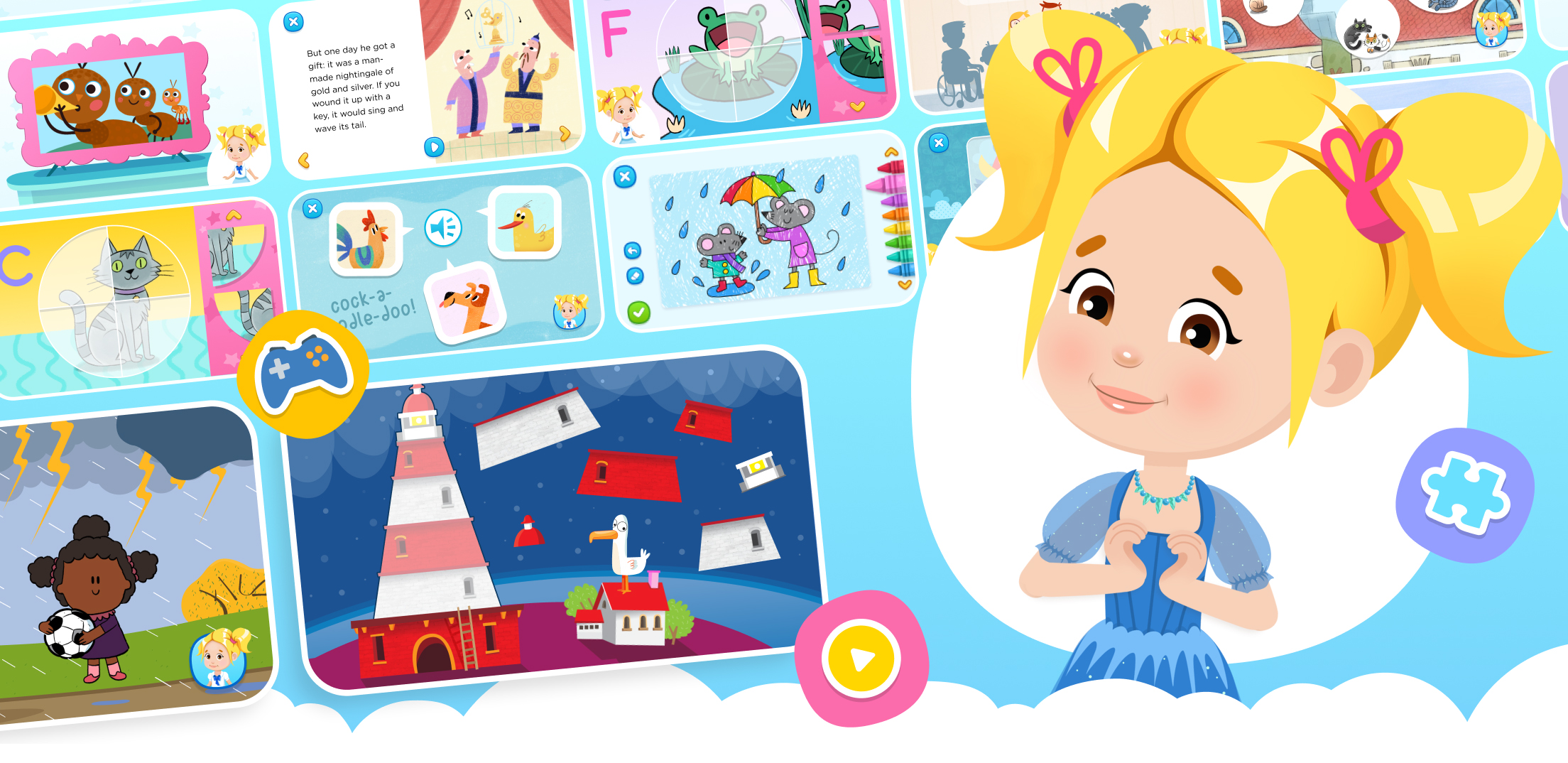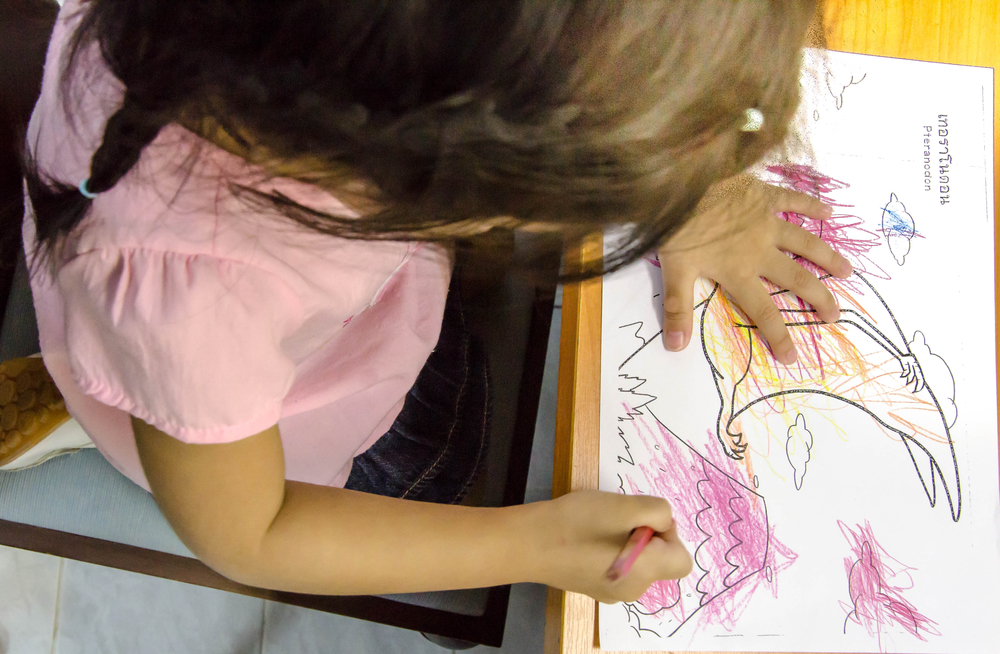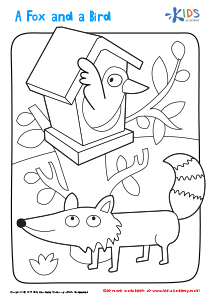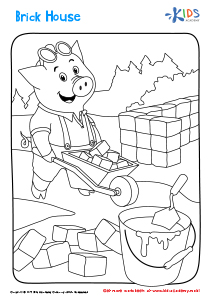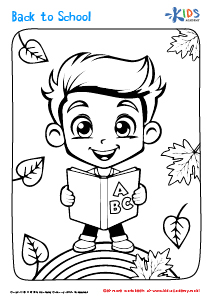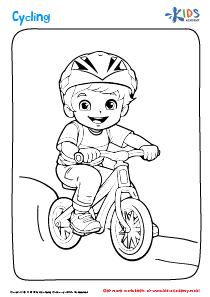Easy Feelings and Emotions Worksheets for Ages 3-4
4 filtered results
-
From - To
Introducing our "Easy Feelings and Emotions" worksheets, specifically designed for children Ages 3-4! This engaging collection offers a gentle introduction to the complex world of emotions, helping little ones identify and express their feelings in a fun and straightforward manner. Through a variety of activities, including matching games, coloring pages, and simple scenarios, these worksheets encourage young learners to understand and communicate their emotions effectively. Whether at home or in the classroom, our Easy Feelings and Emotions worksheets are the perfect tool to foster emotional intelligence and empathy from an early age, making learning about feelings an enjoyable experience for preschoolers.
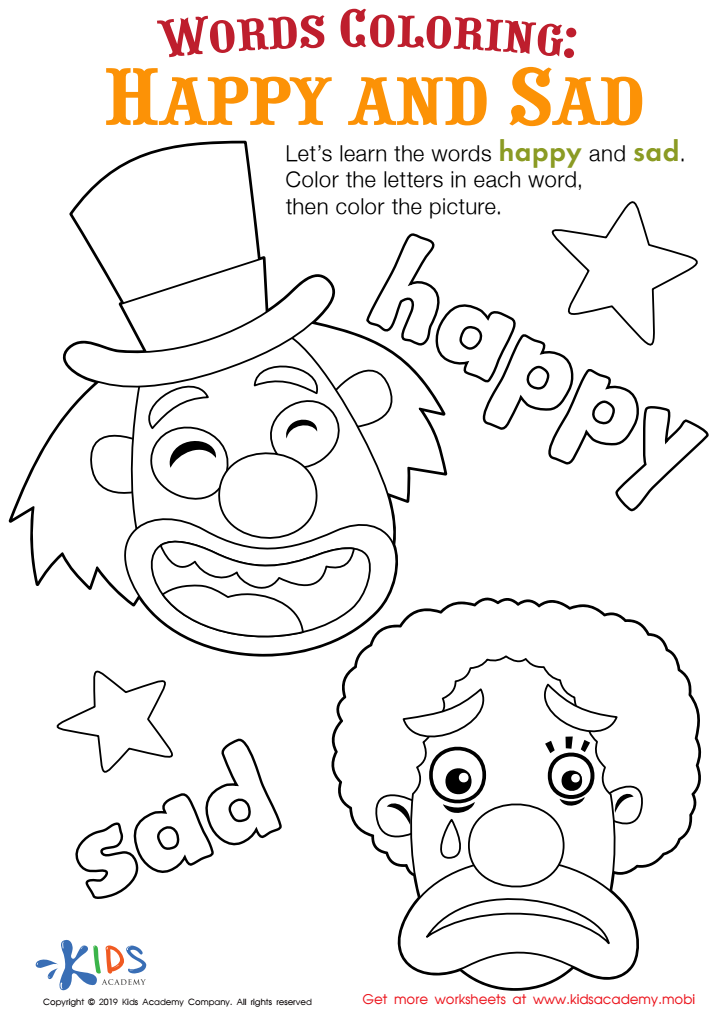

Happy and Sad Words Coloring Worksheet
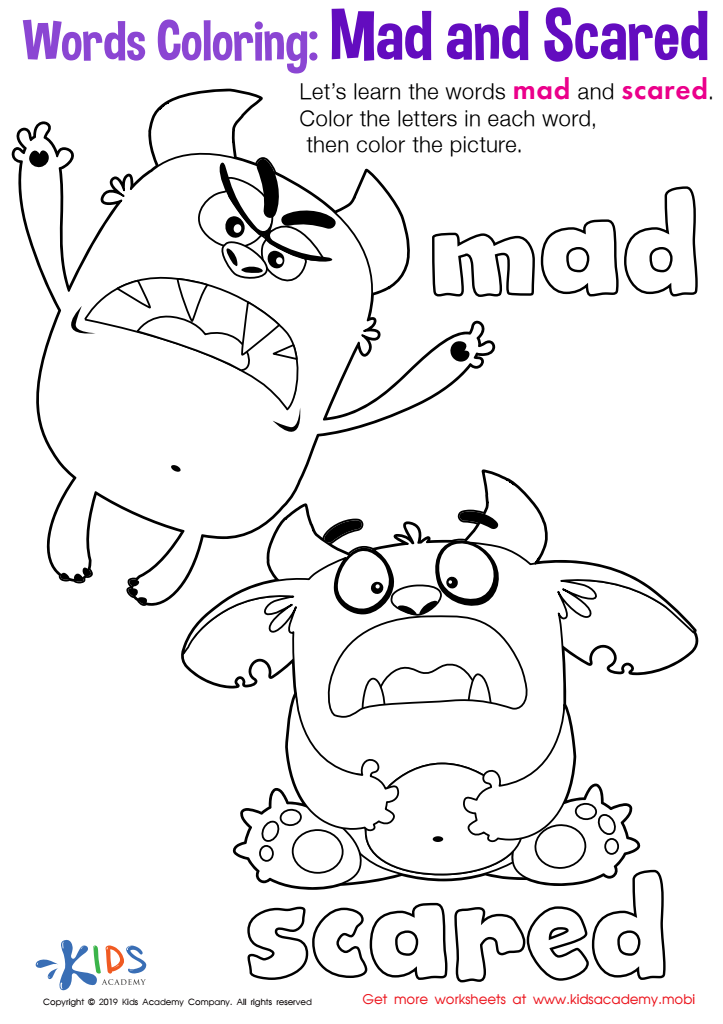

Mad and Scared Words Coloring Worksheet
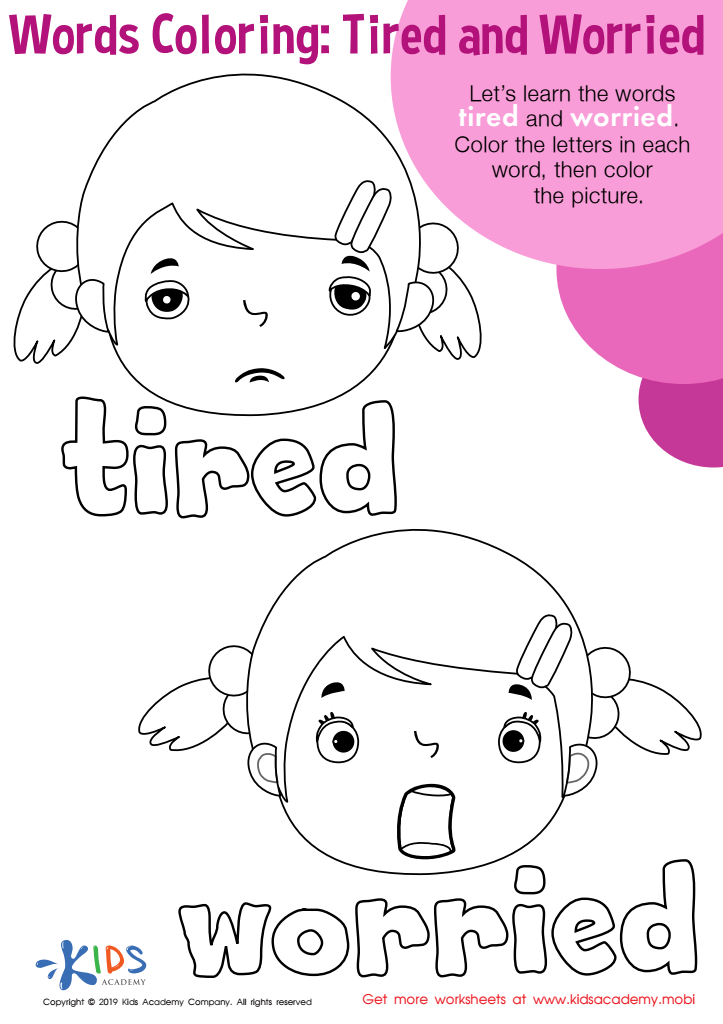

Tired and Worried Words Coloring Worksheet
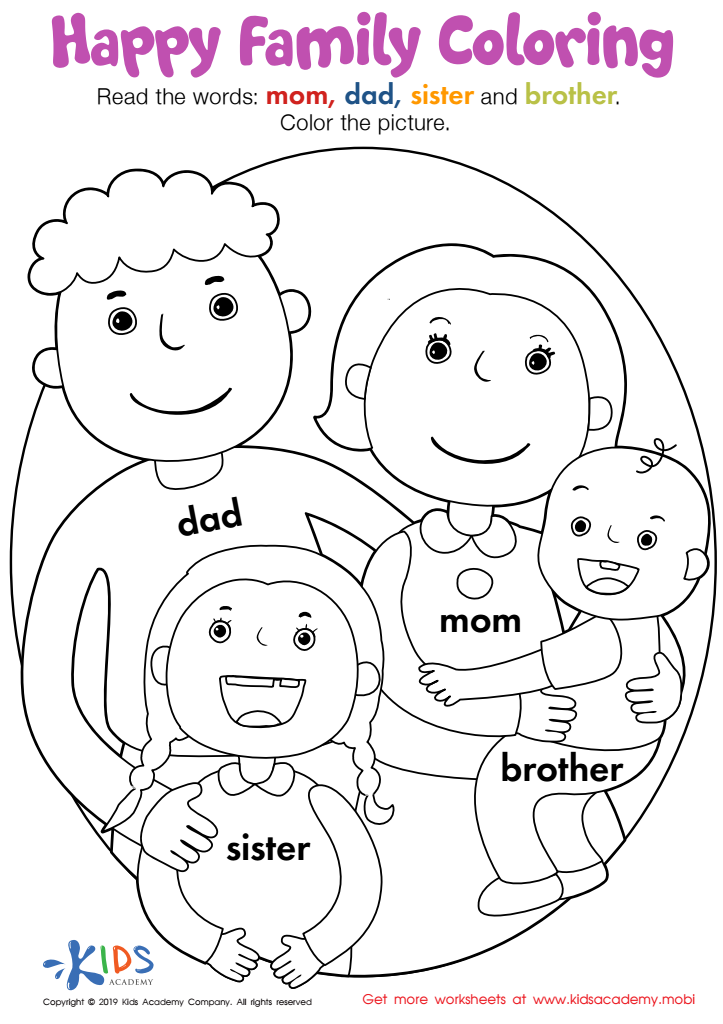

Happy Family Coloring Worksheet
Easy Feelings and Emotions worksheets for Ages 3-4 are immensely useful in fostering early emotional intelligence among young children. At this tender age, children are just beginning to navigate the complex world of emotions and feelings, making it an ideal time to introduce structured yet simple learning materials. These easy-to-understand worksheets are crafted with the cognitive and emotional development levels of 3 to 4-year-olds in mind, ensuring that the content is both engaging and accessible.
One of the primary benefits of these worksheets is that they help children to identify and name different emotions, a crucial step towards emotional literacy. By learning to recognize feelings such as happiness, sadness, anger, and fear, children can better understand their own emotional states and start to empathize with others. This early foundation in emotional education paves the way for healthier social interactions and emotional regulation as they grow.
Moreover, Easy Feelings and Emotions worksheets for Ages 3-4 often incorporate fun activities like coloring, matching, and simple puzzles, which not only make the learning process enjoyable but also aid in the development of fine motor skills and critical thinking. Through these engaging activities, young learners are encouraged to explore their own feelings and the emotions of those around them, fostering a sense of empathy and emotional awareness from a young age.
 Assign to the classroom
Assign to the classroom
